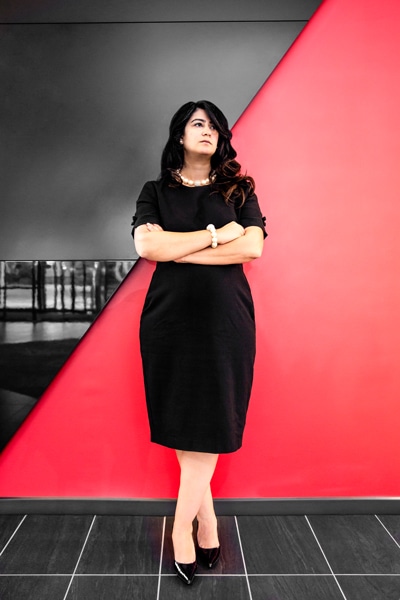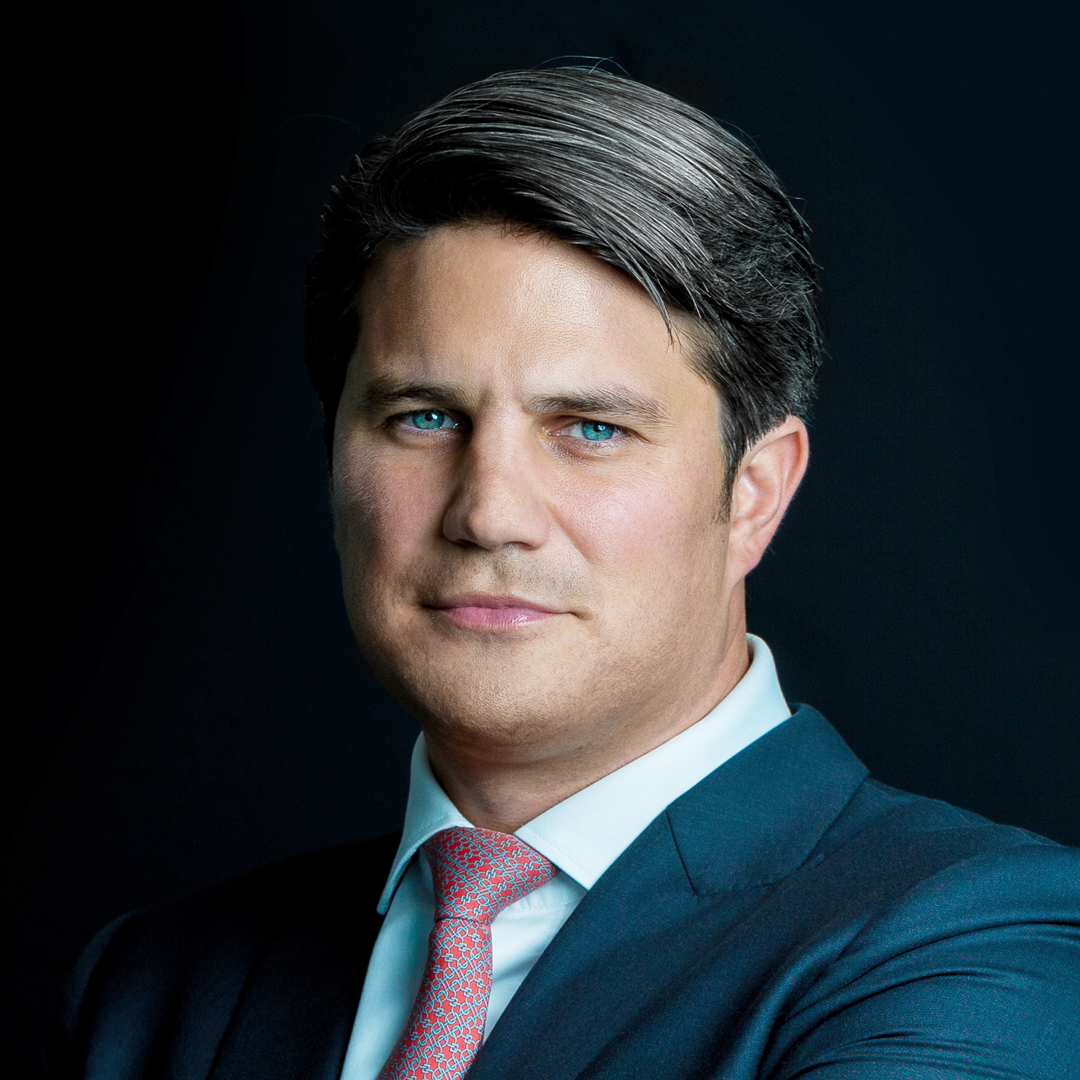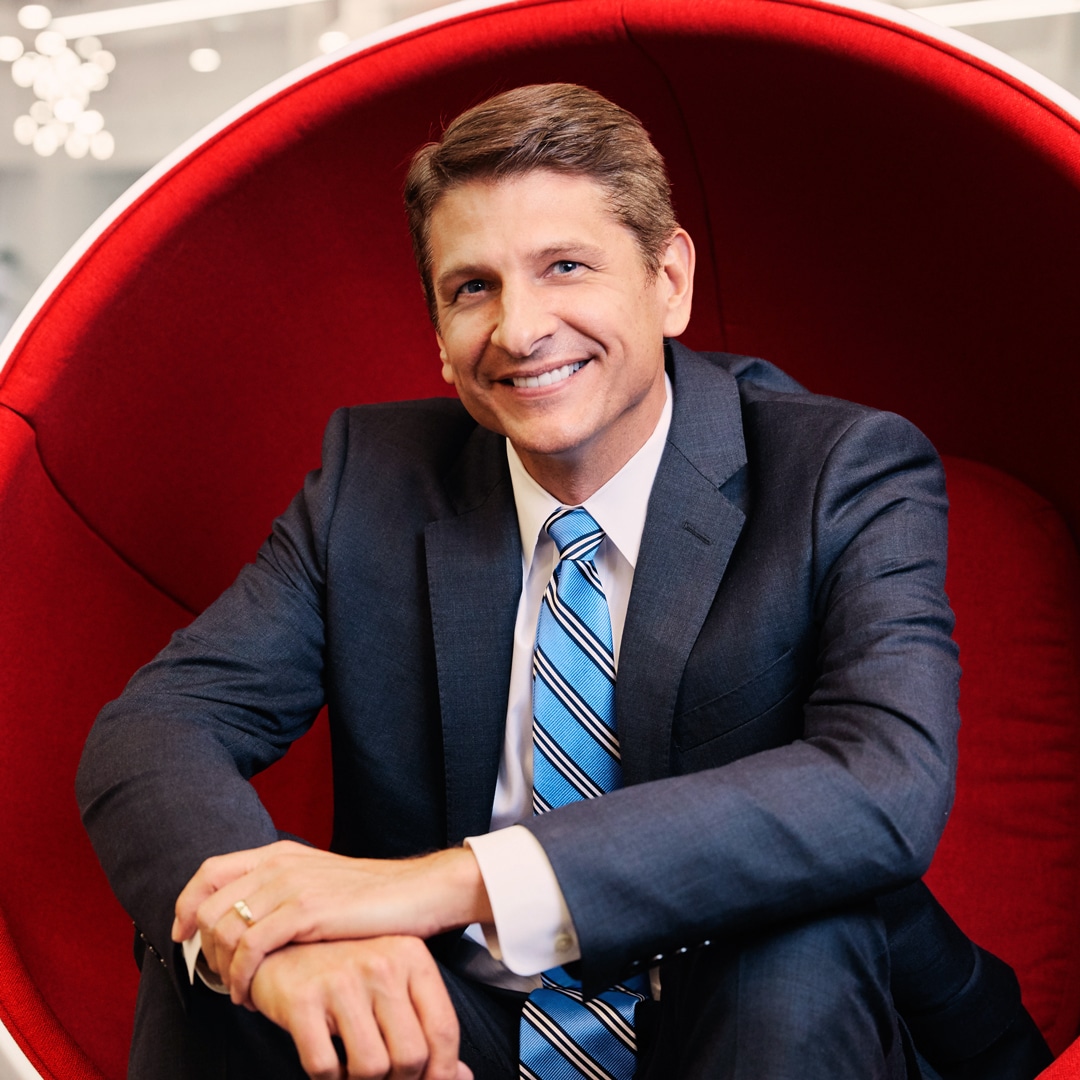When UL, also known as Underwriters Laboratories, allows a product to bear its famous Mark (a proper term at the company), millions of consumers around the world can expect that product to meet certain safety, performance, and sustainability standards—thanks in part to Sanjana Sharma. As the associate general counsel for the global safety science company, Sharma maintains the brand integrity and public confidence that UL has cultivated for more than a century. “We hold our Mark in trust for use by our customers,” Sharma says. “We have a duty to protect it.” That’s why she’s ushering in a new era of brand expansion and renewed focus on protecting UL’s intellectual property at the largest independent testing laboratory in the world.
To do so, her legal team is ensuring the UL Mark effectively signals the safety and performance evaluation conducted by the company. Sharma collaborates with a global legal team of more than forty attorneys, paralegals, investigators, and administrators to safeguard the integrity of the UL Mark and brand. Together, they ensure that the Mark—which appears on twenty-two billion products—is used only by those who can pass the UL test. Sharma’s tried-and-true methods for protecting the brand include sending warning letters to anyone imitating the Mark and bringing impostors to court if attempts at an amicable resolution fail.

“Because our Mark is synonymous with safety and quality, we don’t want counterfeit UL marks out in the marketplace,” Sharma says. “That’s a public-safety issue.” Her team also tackles other IP issues, including the licensing, distribution, and sale of more than 1,600 UL Standards for Safety and Sustainability. Plus, the team relentlessly protects proprietary information and testing methodologies that reflect UL’s technical rigor and expertise. “It’s a full-time job,” Sharma says with a laugh.
It’s also a role that’s changed over the decades as UL itself has evolved to keep pace with innovation from the machine age to the digital age. When UL first went into business in 1894, consumers worried about dangers associated with light bulbs and electrical appliances, including electrocution and house fires. Today, more than a hundred years later, Sharma says, consumers have different worries.
“Now, we’re looking at batteries on planes, cybersecurity, and transaction security,” she explains. “Now, you’re worried about, ‘When I go to the ATM and I want to take money out of my account, is my financial and other private information going to be stolen?’”
UL quells those safety concerns by working with credit card issuers to develop credit card processing requirements that keep pace with current technology. One example is chip and pin technology that consumers now see embedded in their credit cards and which is used to secure financial information. UL then uses its custom test tools to confirm that a credit card terminal meets the platform requirements. Sharma works with UL business leaders to help protect and appropriately commercialize the IP rights to those custom tools so that they can be available to all stakeholders in that market space.
Another growing area for UL is food safety—or, more specifically, verifying the claims that retailers make about their food. UL might lend its Mark to a honey brand to show that the honey isn’t actually corn syrup in disguise (a growing problem in the food world). Or, UL could allow its Mark to appear on the packaging for wild-caught fish to prove that the seller accurately represented where the fish were caught. Sharma and her team facilitate these uses of the UL Mark by creating contracts and guides for the Mark’s use. In this way, they help consumers better understand what they’re eating.
The financial services and food safety examples point to a larger trend: in the modern era, UL’s safety solutions are touching more and more industries. The enormous scope of the company’s products and services means that Sharma has to get creative in managing all the moving parts. Fortunately, she and her colleagues can count on collaboration from customs agents and code authorities across the globe. If a customs officer in a port of entry sees a product with a suspicious-looking mark, the officer can go straight to the UL experts—Sharma’s team—to determine whether the mark on the item is genuine.
“Generally, if we tell customs, ‘This mark is not authorized,’ they’ll seize those products,” Sharma says.
Meanwhile, state code officials can assist Sharma in sniffing out specific bad actors. For example, recently, a solar-panel manufacturer using counterfeit marks attempted to sell its wares in California. Instead of pursuing a lawsuit against the manufacturer, Sharma called on the California fire marshal and code authorities to collaborate. Together, they effectively stopped the manufacturer from selling the goods with the fake mark and protected consumer safety.
Ultimately, helping customers innovate safely is still UL’s reason for being, even after more than a century of growth and social transformation. That legacy of excellence continues to motivate the UL legal team, and Sharma takes pride in how all her work serves the company’s timeless mission: “Working for a safer world.”


